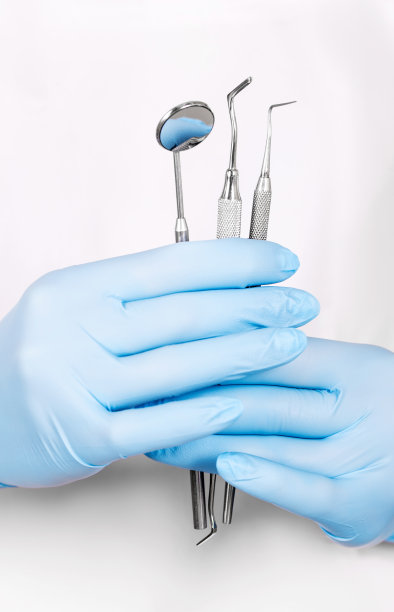Essential Precautions to Consider Before and After Undergoing Dental Filling Treatments for Optimal Oral Health
Summary: Dental fillings are crucial treatments for restoring damaged teeth, but taking essential precautions before and after the procedure is vital for optimal oral health. This article outlines four key areas that patients should consider: understanding the procedure, preparing for the treatment, post-treatment care, and recognizing potential complications. Each aspect plays a significant role in ensuring the success of the dental fillings, which ultimately helps maintain overall oral hygiene and prevents future dental issues. By thoroughly following these recommendations, patients can promote a smoother recovery and protect their oral health for years to come.
1. Understanding the Filling Procedure

Before undergoing any dental procedure, particularly fillings, it is imperative for patients to understand what the treatment entails. A dental filling is used to restore damaged or decayed teeth by replacing lost tooth structure. Dentists will use various materials, such as amalgam, composite resins, or porcelain, based on the specific need of the patient and the location of the filling.
Knowledge of the process helps alleviate anxiety often associated with dental procedures. Patients should inquire about steps involved, such as numbing the area with local anesthesia, removing decay, and placing the filling material. This understanding not only demystifies the treatment but also fosters trust between the patient and the dental provider.
Furthermore, patients should discuss any concerns regarding the types of materials used, especially if they have specific allergies or sensitivities. Familiarity with the procedure encourages a more proactive attitude towards dental health.
2. Preparing for Dental Filling Treatment
Preparation before undergoing a dental filling treatment can significantly enhance the overall experience and outcome. Patients should schedule their visit at a time when they can allow for recovery afterward, particularly for complex cases that may take longer. Ensuring to clear the day for any follow-up care is advisable.
Additionally, patients should inform their dentists about their medical history, especially if they are taking any medications or if there are prevalent health issues. For those with anxiety about dental procedures, discussing sedation options with the dentist may also be beneficial.
Another essential preparation step involves personal hygiene. Brushing and flossing before the appointment can help reduce the risk of infection and further decay. Arriving with a clean mouth not only shows responsibility but also prepares the dental team for the procedure.
3. Post-Treatment Care Guidelines
Post-treatment care is crucial for ensuring the longevity of dental fillings and optimal oral health. Immediately after the procedure, patients should avoid eating until the anesthesia wears off to prevent biting their tongues or cheeks. Its also advisable to start with soft foods that are easy to chew to reduce pressure on the newly filled surface.
Moreover, maintaining proper oral hygiene habits after treatment is critical. Patients should continue to brush twice a day and floss daily, making sure to be gentle around the newly filled area to avoid irritation. Regular dental check-ups can also help monitor the condition of the filling and the overall health of the teeth.
In the days following the procedure, patients may experience discomfort or sensitivity to hot and cold foods. If such sensations persist or worsen, its essential to contact the dentist, as this could indicate complications requiring immediate attention.
4. Recognizing Potential Complications
Even with good preparation and post-care, complications can arise after dental filling treatments. One common issue is the possibility of the filling becoming loose or falling out, particularly if proper care is not taken. Patients should be aware of how the filling feels and watch for any changes.
Another concern is sensitivity or pain, which can indicate that the filling is too high or that decay has not been entirely removed. If discomfort continues for several days, it is vital to seek the dentists advice. Sometimes, adjustments may be necessary to ensure a comfortable bite.
Additionally, patients should recognize signs of infection, which may include swelling, fever, or pus around the treatment area. Addressing infections early prevents serious complications and further dental issues.
Summary:
In summary, understanding the dental filling procedure, proper preparation, diligent post-treatment care, and recognizing potential complications are essential precautions that significantly benefit oral health. Following these guidelines allows patients to maximize the effectiveness of their dental fillings while ensuring a smoother recovery experience. By staying proactive, individuals can maintain optimal oral health and prevent future dental problems from arising.
This article is compiled by Vickong Dental and the content is for reference only.


